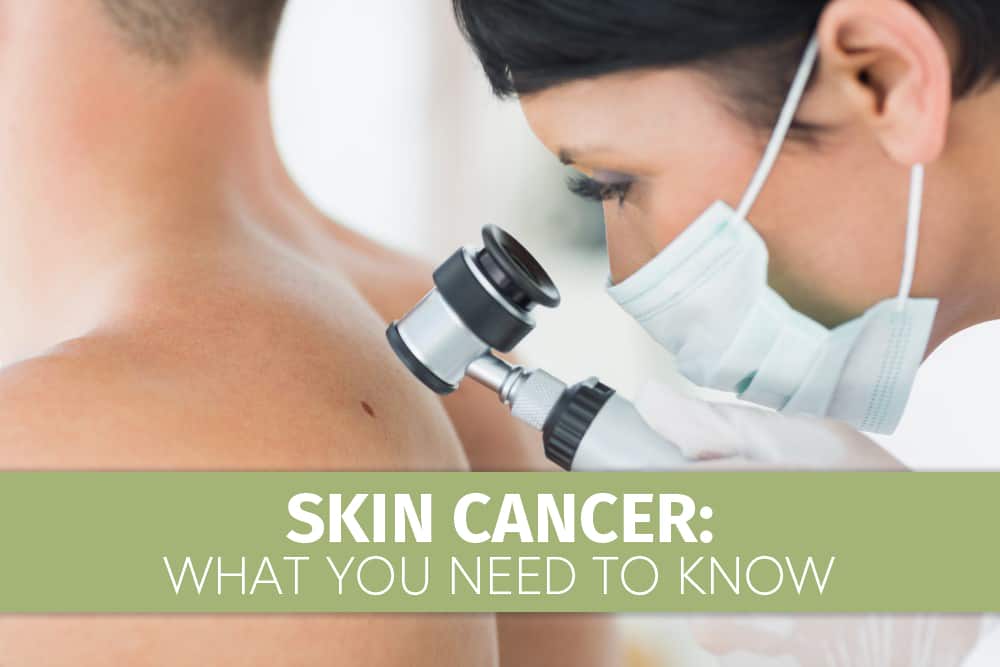
Watson Dermatology Clinic shares what to look for and how to prevent it
Ultraviolet rays can be intense year-round in the Greater Tampa Bay area. Chronic sun exposure increases the risk of skin cancer if the proper precautions are not taken.
Early detection and removal are key, according to board certified dermatologist Dr. Felicia Hall, MD, of Watson Clinic Dermatology at Brandon. Learning how to identify the warning signs of skin cancer can help with diagnosis and treatment.
There are three main types of skin cancer. The two non-melanoma skin cancers are the most prevalent — basal cell carcinoma and squamous cell carcinoma.
Basal cell carcinoma, the most common form, occurs approximately twice as often as squamous cell. Squamous cell carcinoma is a little more aggressive than basal cell, which is the least aggressive form of the three in terms of metastasizing and causing harm.
Warning signs of basal and squamous cell carcinoma
Warning signs to watch for with basal cell carcinoma are generally an open sore that does not heal or a shiny bump on the skin’s surface that is newer.
“Sometimes they can even look like a flat, white scar,” said Dr. Hall. “The repeated theme that I always tell everybody is that if you’ve got something new on your skin that seems strange, and it’s been there for more than a month, it’s worth coming in and getting it checked.”
Squamous cell is also typically a non-healing type wound or an elevated red bump that will get scabby and crusty and bleed at times. While squamous cell can metastasize inside the body, it is less aggressive than melanoma. Usually, people fare okay if caught early and treated, said Dr. Hall.
Warning signs of melanoma
Melanoma is the most dangerous type of skin cancer because it is more likely to grow and spread in the body. It usually resembles a mole. Dr. Hall said dermatologists have developed the acronym ABCDE to help patients remember the warning signs and distinguish it from other moles.
Know the ABCDEs
Asymmetry — If the lesion is asymmetric
Border — Border irregularity, jagged edges on the mole
Color variation — Has multiple colors and not just one even pigment
Diameter — Greater than six millimeters or the size of a pencil eraser
Evolving — Mole is evolving or changing
“Melanomas, if they’re caught early, generally have a pretty high cure rate still,” said Dr. Hall. “They do have a higher risk of spreading to lymph nodes and other organs and metastasizing.”
The later skin cancer is detected, the lower is the survival rate. This means awareness of the warning signs and dermatologist screenings crucial.
Dr. Hall cited melanoma statistics indicating that if the skin cancer is localized, the five-year survival rate is 99% in terms of a prognosis. If the melanoma is regionalized and spreads to lymph nodes that figure decreases to 68%. When there is distant metastasis, meaning it spreads to organs, the number plummets to 30%.
Dr. Hall said they do not often see melanoma develop in children. So, she usually waits until patients have reached their 20s or 30s to advise regular skin cancer screenings, unless there is a changing lesion or a strong family history of melanoma. After that, Watson Clinic typically recommends annual screenings.
“It just takes a few minutes of your time, and it could really impact your long-term survival,” she said.
Risk factors and preventative maintenance
The risk factors for developing any type of skin cancer tend to be chronic sun exposure, severe sun burns before the age of 20, immunosuppression, use of tanning beds and lighter skin types. Fairer skin types such as people with blonde hair and blue eyes or red-haired individuals are at increased risk of skin cancer. It is important to note that people with darker skin tones can get skin cancer as well, said Dr. Hall.
Wearing sunscreen is one way to help protect against skin cancer. Dr. Hall said the Watson Clinic generally emphasizes using sunscreen labelled broad spectrum, which means it provides better coverage against a broader spectrum of UV rays including UVB. She prefers sunscreens that have a physical blocker, such as one with zinc or titanium oxide. These contain less chemicals in them that can cause other skin reactions.
Even more vital than sunscreen is covering up with UV protective clothing or long pants and sleeves and wearing a wide-brimmed hat with a three-inch brim to cover the ears.
“It does make a huge difference,” Dr. Hall said.
Other preventative measures entail staying in shaded areas when outside and avoiding tanning beds.






